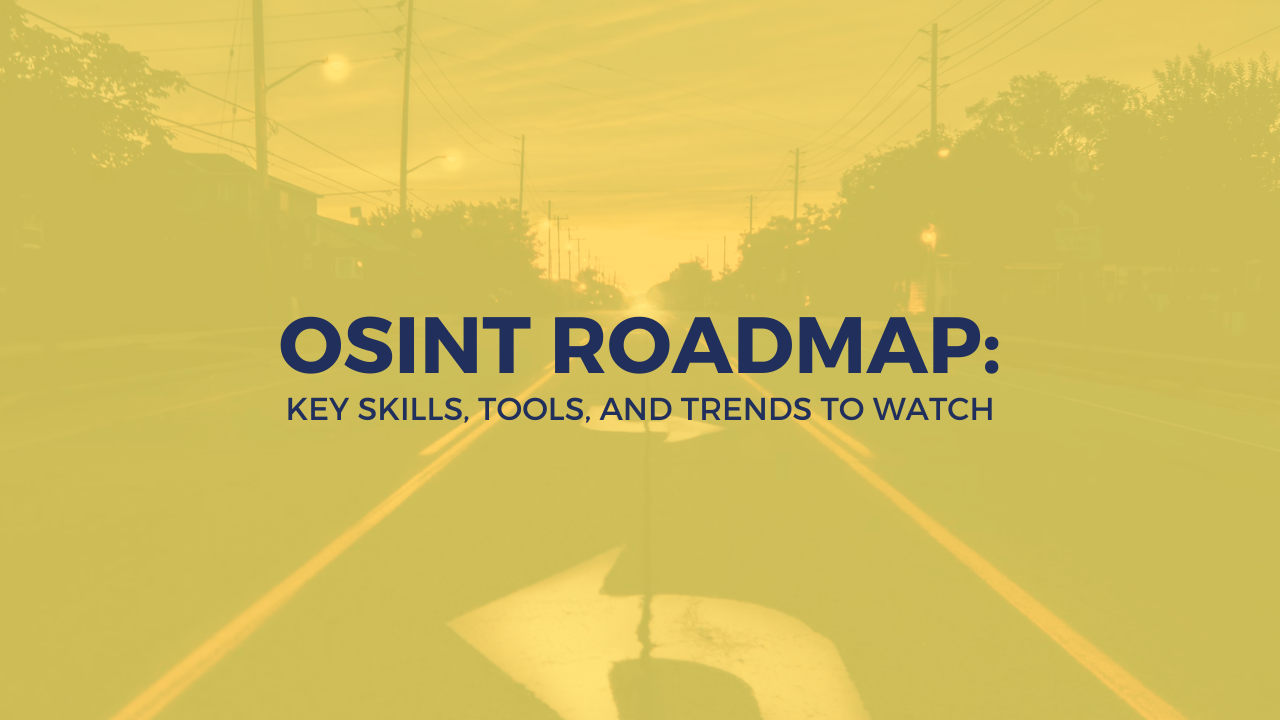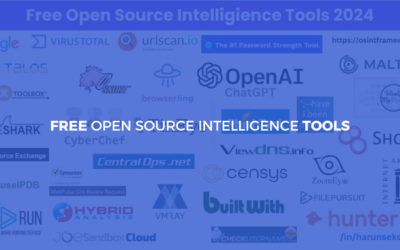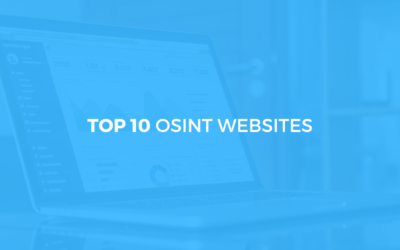Bloggers and content creators thrive on fresh ideas, accurate information, and compelling narratives. In a crowded digital landscape, producing well-researched, reliable, and engaging content is the key to standing out. Open-Source Intelligence (OSINT) is an often-underutilized tool that can transform the way bloggers gather information, fact-check, and present their stories.
Whether you’re delving into obscure topics, seeking to provide unique insights, or simply aiming to enhance your content’s credibility, OSINT equips you with techniques to uncover, verify, and present information that others might miss. This guide explores how OSINT can become a game-changer for bloggers and content creators, empowering you to stay ahead of the curve.
What is OSINT, and Why Should Bloggers Care?
OSINT, or open-source intelligence, refers to the practice of gathering information from publicly available sources. These sources include social media, blogs, online forums, government databases, academic publications, and news outlets. The goal of OSINT is to extract valuable insights from these resources in a systematic, ethical, and verifiable manner.
For bloggers, OSINT serves two key purposes:
- Enhancing Research: By tapping into diverse and unconventional information sources, you can discover unique angles, enrich your narratives, and back your claims with robust evidence.
- Building Credibility: Well-researched content not only establishes you as an authority in your niche but also earns trust from your readers.
The Benefits of OSINT for Content Creation
1. Unearthing Hidden Gems
Mainstream media often skims the surface of trending topics, leaving a wealth of untapped perspectives and insights. OSINT helps bloggers dig deeper into topics that might not receive widespread coverage, uncovering niche details that resonate with specific audiences.
2. Verifying Information for Accuracy
In the age of misinformation, ensuring the accuracy of your content is critical. OSINT enables you to cross-verify facts, authenticate sources, and build a foundation of trustworthy information.
3. Discovering Trends and Audience Interests
Social media platforms and online forums are treasure troves of real-time trends and audience preferences. OSINT tools can help you analyze these spaces to identify what topics are gaining traction and tailor your content accordingly.
4. Staying Ahead of the Competition
Unique and well-researched content stands out. By leveraging OSINT, you can position yourself as a thought leader in your niche, consistently delivering value that others can’t replicate.
Getting Started with OSINT: A Step-by-Step Guide
1. Define Your Objectives
Before diving into the sea of information, clarify your goals. Are you seeking background information for a blog post, identifying emerging trends, or verifying specific claims? Setting clear objectives will help you focus your efforts and avoid getting overwhelmed.
2. Explore Reliable Sources
OSINT relies on a variety of sources. Some of the most useful include:
- Social Media: Platforms like Twitter, LinkedIn, and Reddit offer real-time discussions and first-hand accounts.
- Government Websites: Data from official portals is often credible and up-to-date.
- Blogs and Forums: Communities like Quora or niche blogs provide valuable insights into specific topics.
- Databases and Archives: Academic publications, news archives, and public records offer depth and context.
3. Leverage Powerful Tools
To maximize efficiency, utilize specialized OSINT tools. Here are some worth exploring:
- Google Advanced Search: Refine your searches using operators to pinpoint exact information.
- Reverse Image Search: Tools like Google Images or TinEye verify image authenticity and origins.
- Geolocation Tools: Platforms like Google Earth or Mapillary add context to location-based research.
- Web Scrapers: Tools like ParseHub or Octoparse automate data collection from websites.
4. Verify Source Credibility
Always question the reliability of your sources. To assess credibility:
- Cross-reference information across multiple sources.
- Investigate the author or organization behind the content.
- Check publication dates to ensure data is current and relevant.
5. Organize Your Findings
Information overload is a common challenge in OSINT. Use note-taking tools like Evernote, Notion, or OneNote to categorize, summarize, and store your research efficiently.
OSINT Techniques for Bloggers
1. Reverse Image Search
Images can provide context or verification for your content. A reverse image search helps identify the source of an image, detect manipulated visuals, or find related images that add depth to your story.
2. Social Media Monitoring
Hashtags, trending topics, and user discussions reveal audience sentiments and hot topics. Tools like TweetDeck or Hootsuite streamline this process by consolidating feeds.
3. Geolocation Verification
If you’re covering events or news, geolocation tools validate location-based claims. For example, using satellite imagery or metadata can confirm where a photo or video was taken.
4. Keyword and Topic Analysis
Platforms like Google Trends or AnswerThePublic reveal what people are searching for, allowing you to align your content with audience interests.
Real-World Applications of OSINT for Bloggers
1. Investigative Blogging
OSINT enables in-depth exploration of controversial topics, local stories, or untold narratives. By sourcing diverse perspectives and verifying facts, you can present compelling, unbiased content.
2. Niche Content Creation
Whether you write about technology, travel, or lifestyle, OSINT helps uncover untapped subtopics. For instance, a travel blogger can use geolocation tools to highlight lesser-known destinations or cultural insights.
3. Audience Engagement
By monitoring audience discussions on forums and social media, you can identify pain points, questions, and interests, tailoring your content to address them directly.
Common Pitfalls in OSINT (and How to Avoid Them)
1. Falling for Misinformation
With so much information available, it’s easy to encounter false or misleading data. Always corroborate facts and prioritize reputable sources.
2. Overlooking Bias
Even reliable sources can have biases. Stay objective by comparing information from diverse perspectives.
3. Ignoring Ethical Boundaries
Ethical considerations are paramount in OSINT. Avoid invading privacy, breaking terms of service, or using information unethically.
Boosting Your Blog’s SEO with OSINT
1. Craft Data-Driven Content
OSINT allows you to integrate statistics, charts, and evidence-backed insights into your posts. Search engines favor content that provides real value, improving your rankings.
2. Identify Keywords and Trends
By analyzing popular searches and keywords through OSINT tools, you can optimize your content for SEO while staying relevant to your audience.
3. Build Authority and Backlinks
Credible, well-researched content naturally attracts backlinks from other websites, further boosting your domain authority and visibility.
Case Study: A Travel Blogger’s OSINT Journey
Imagine a travel blogger exploring eco-tourism in Southeast Asia. By using OSINT techniques:
- Trend Analysis: Research search trends for sustainable travel destinations.
- Geolocation Tools: Highlight hidden eco-friendly spots with satellite imagery.
- Social Media: Engage with local communities on platforms like Facebook to source insider tips.
- Reverse Image Search: Verify photos and ensure authenticity in blog visuals.
The result? A highly credible, engaging blog post that stands out in the competitive travel blogging niche.
FAQs
1. What are the best free OSINT tools for beginners?
Google Advanced Search, Hootsuite, and reverse image search tools like TinEye are excellent starting points for bloggers new to OSINT.
2. How can I use OSINT ethically in my blogging?
Always respect privacy laws, avoid scraping personal data, and verify the accuracy of public information before using it in your content.
3. Can OSINT help with social media content?
Yes, OSINT tools analyze social media trends, hashtags, and user-generated content, offering ideas for engaging posts and timely topics.
4. Do I need technical skills to use OSINT?
No, many OSINT tools are user-friendly and require no technical expertise. Tutorials and guides are readily available for more complex tools.
5. How does OSINT improve SEO?
By integrating well-researched, trend-aligned, and authoritative content into your blog, OSINT boosts search engine rankings and reader trust.
6. Is OSINT only useful for investigative bloggers?
Not at all. OSINT benefits bloggers across niches, from lifestyle and travel to tech and finance, by enhancing research quality and content depth.
Read more from our OSINT Blog:
- How to Hide Yourself from OSINT?
- OSINT Roadmap for 2025: Key Skills, Tools, and Trends to Watch.
- Free OSINT Tools.
- How to Make Money As OSINT Professional in the Age of AI?
- How to Start a Successful OSINT Consulting Business?
- OSINT for Content Creators and Bloggers.
- Data Visualization for OSINT Experts.
- OSINT for Investigative Journalism.
- How to Make Money with OSINT: Start Your Journey as an OSINT Expert.
- What you need to learn to become an OSINT expert?







